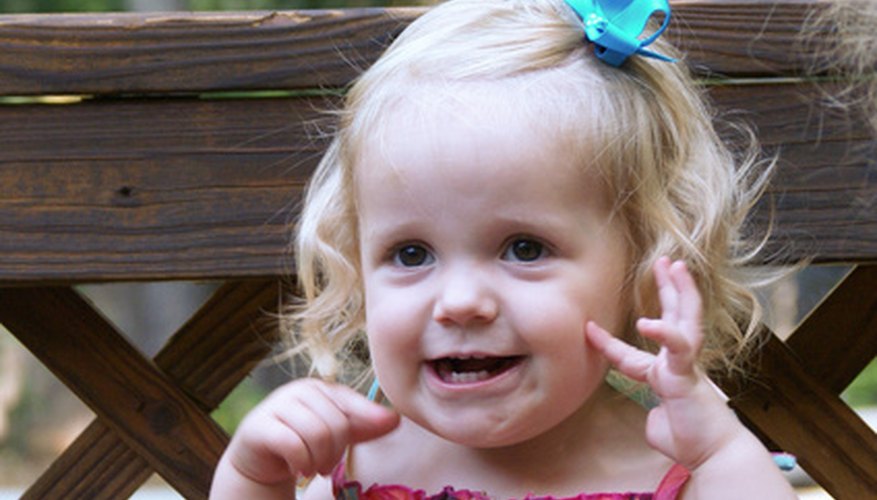Many children are familiar with Play-Doh, the colourful, malleable substance that is used to create almost anything they can think of. Like most colourful objects, Play-Doh often ends up in children's mouths. While ingesting Play-Doh is not harmful for most children, it can have adverse effects in certain situations. This is especially true if you give the toy to a young child who has an allergy to wheat.
Choking Hazard
Play-Doh should not be given to children under 18 months of age. Infants may ingest a large amount of it, causing choking. Always supervise young children when they are playing with the toy.
Allergic Reaction
If your child has a gluten, or wheat, allergy, eating Play-Doh may cause her to develop an allergic reaction. Because of this, Play-Doh should be kept away from such children. Alternatives are available, however, that are safe for children because they are made with gluten-free yeast.
Artificial Coloring
Play-Doh is available in a wide variety of bright colours, which entices children to eat it. A 2007 study published in The Lancet, a British medical journal, suggests that children who ingested artificial colouring were more likely to exhibit decreased attention and hyperactive behaviour. In some children, artificial colouring has been associated with allergic reactions and other negative effects.
Hazard to Dogs
Name-brand Play-Doh, as well as the homemade variant, is very salty. Dogs who eat enough Play-Doh can develop salt toxicity. This causes brain swelling, seizures and comas, and is usually fatal. Keep Play-Doh away from dogs at all times.
- Name-brand Play-Doh, as well as the homemade variant, is very salty.
- Dogs who eat enough Play-Doh can develop salt toxicity.
